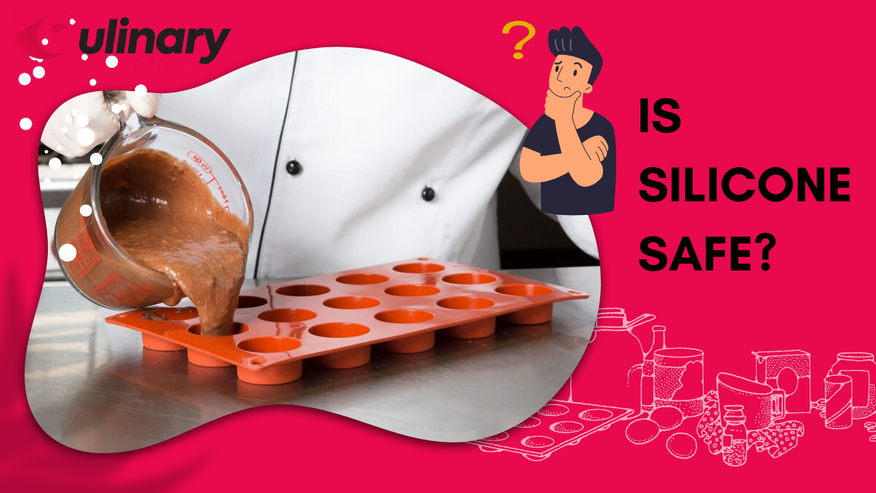Dec 16th 2022 - Monica Cunanan
Can You Microwave Silicone? Is It safe?
Baking and cooking can be done safely with food-grade silicone that is made of inert substances. None of the components used to make it will leak into the food that is being cooked in it. Make sure there are no fillers in the silicone of your silicone bakeware or silicone ice mold. Read on to find out more about how safe silicone is for cooking!
Can You Microwave Silicone?
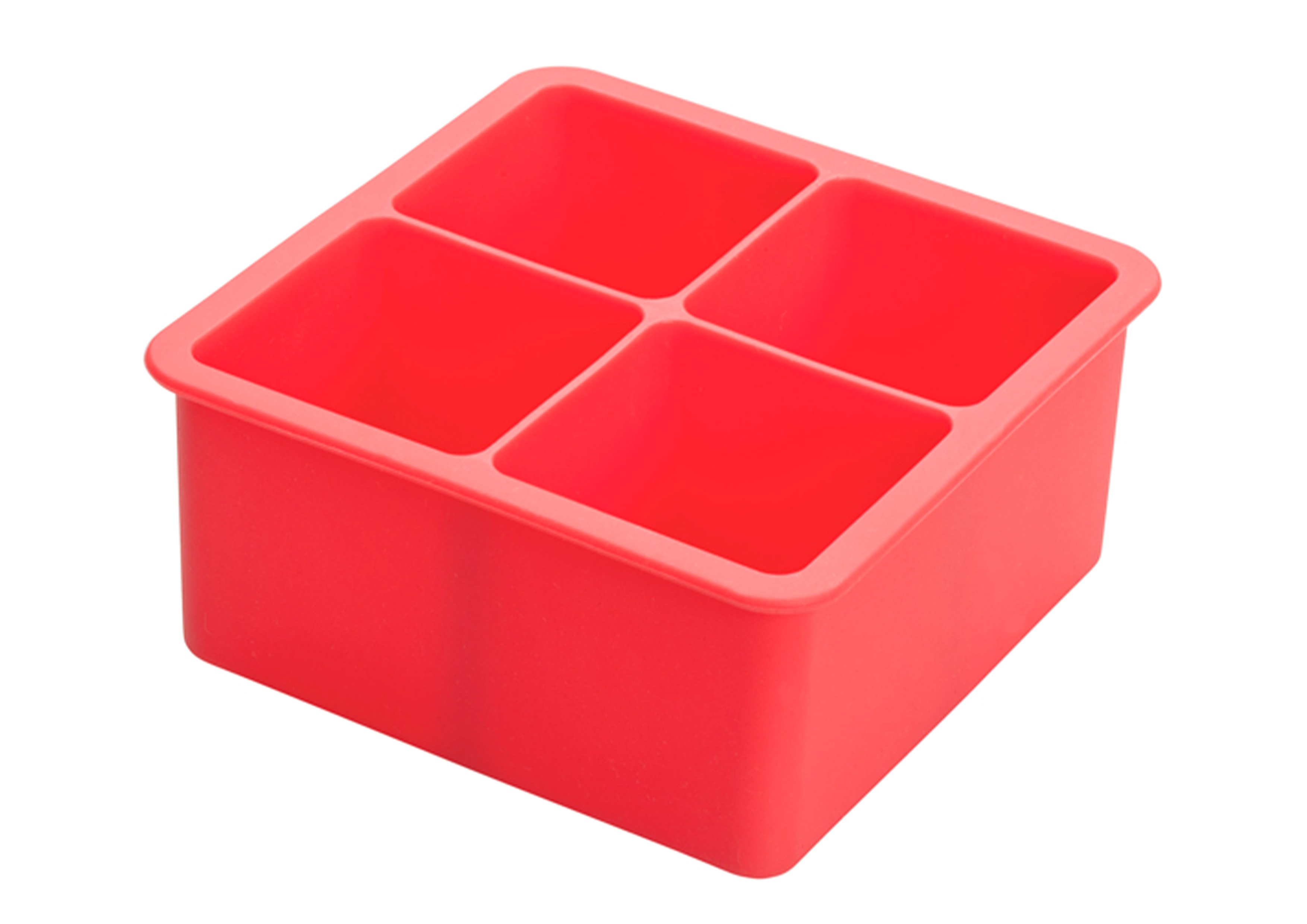
Molds made of silicone can be used in the oven, freezer, and microwave and the FDA approved silicone as safe for regular use and cooking in 1979. Despite widespread consumer worries, temperature changes won't allow food-grade silicone to leak into foods.
Model Featured: Winco ICCT
Risks Of Microwaving Silicone
Although using food-grade silicone in the microwave is safe, there are some drawbacks and dangers to consider.
Although the safety of your food or the silicone's suitability for microwave use is unrelated to this, it is nonetheless important to note.
![]()
- Loss of Form: Silicone can be used at both high and low temperatures, but if you frequently use it at high heat, there is a danger that it will eventually lose its structure. Avoid this by taking good care of the silicone product.
- Floppy Architecture: Because silicone cookware does not have a firm structure, using it in the oven or the microwave could provide a problem. The silicone container can be placed onto a microwave-safe plate, which can then be used to both put and remove the silicone from the microwave as a workaround. This is not recommended since this might be counterproductive.
- Too Hot: You should exercise caution when removing silicone cookware and bakeware from the microwave. They will be hot when exposed to the heat of the oven or microwave. To avoid burning your hands, use a dishcloth or glove.
- Inadequate Heat Conductor: Due to its low heat conductivity, silicone struggles to properly brown baked items in the oven; as a result, they frequently come out looking lighter in color.
Is Silicone Safe?
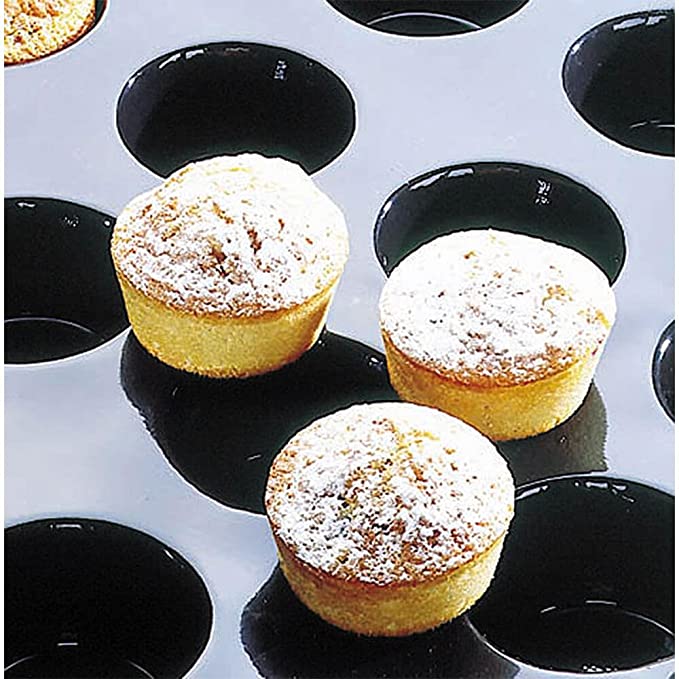
Yes, silicone is safe. The FDA states that food-grade silicone cookware and utensils don't contaminate it with dangerous chemicals. If you are hesitant to use silicone for baking or cooking, concentrate on utilizing silicone kitchenware instead of cookware. There are several secure silicone molds that may be used to assist with baking treats or creating a delectable dessert.
Model Featured: Matfer Bourgeat 336040
Is silicone dishwasher safe?
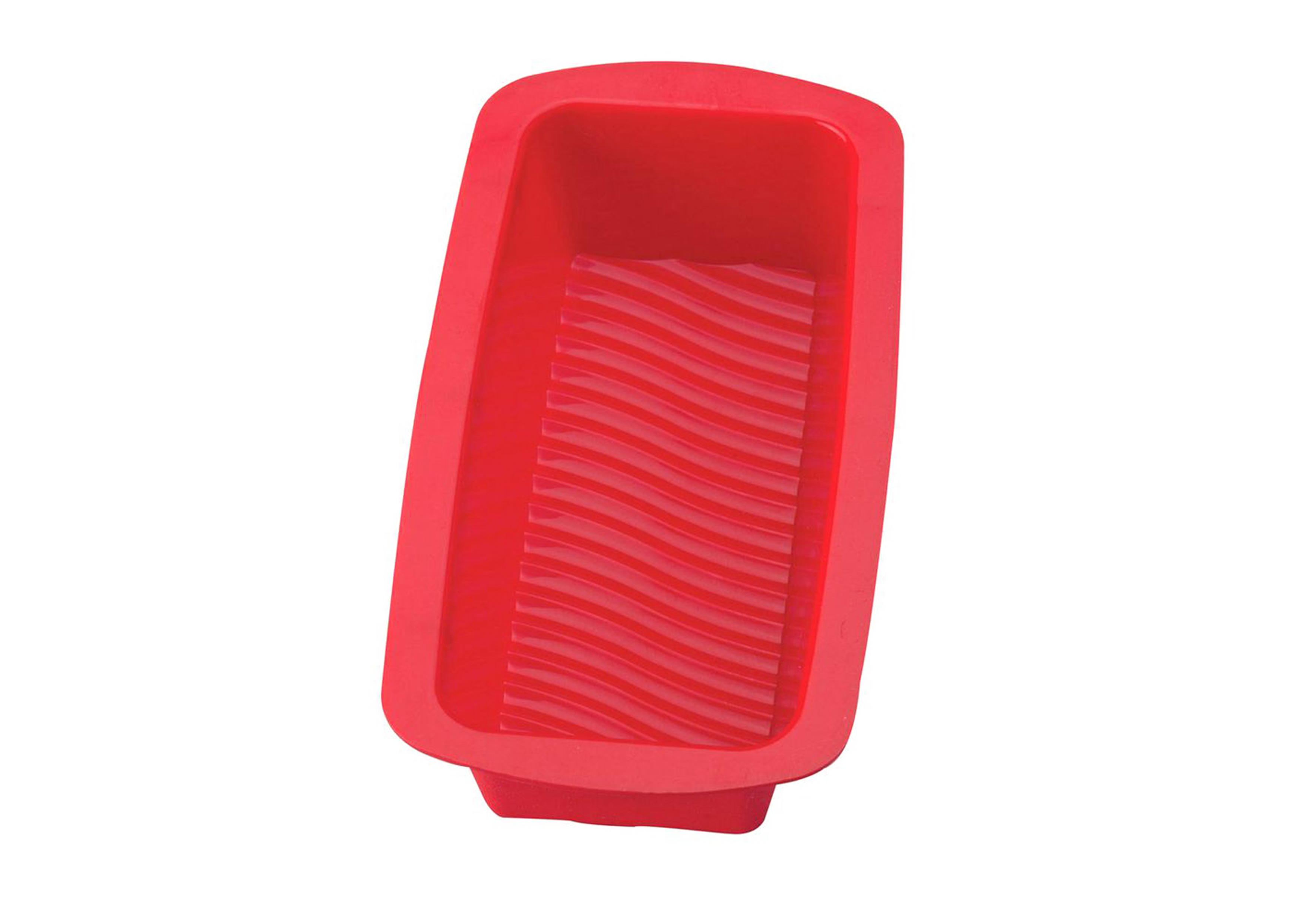
Despite the fact that silicone bakeware is completely dishwasher safe, it is not always ideal to clean it in the dishwasher. It is simple to understand why silicone bakeware is so well-liked: it is vibrant, microwave safe, and oven-safe up to 600 degrees Fahrenheit. Silicone baking pans come in a wide variety of forms and have a stainless finish that allows you to experiment with food coloring and dyes. They can be used to produce both cakes and frozen delights in a number of shapes. However, silicone bakeware isn't all roses and sunshine. It usually develops a greasy layer over time that is challenging to remove. If your dishwasher is unable to solve the problem, you will either need to wash the bakeware by hand or use some baking soda to soak up the grease.
Model Featured: Harold Import 43634
Is baking with silicone safe?
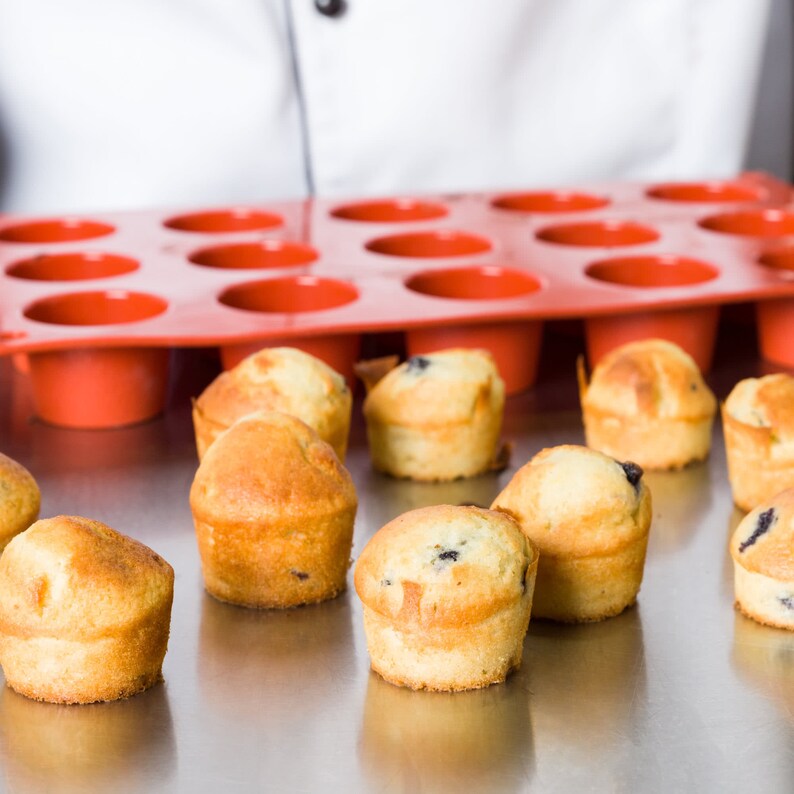
Generally speaking, silicone bakeware is oven, freezer, and heat resistant, but only up to 428 degrees Fahrenheit or 220 degrees Celsius. But it shouldn't go in the dishwasher, and since it can't yet be recycled or biodegraded, it's not exactly environmentally friendly.
It sounds like a nice alternative to non-stick cake tins and muffin pans to use silicone cookware.
Furthermore, silicone cupcakes and muffin liners can be reused repeatedly in contrast to paper counterparts. Considering that it is non-stick and simple to clean, you don't need to grease the cookware before using it for oil-free or low-fat cooking.
Model Featured: Matfer Bourgeat 257914
What is Silicone?
The synthetic polymer known as silicone is composed of silicon linked to oxygen as well as other elements like carbon and hydrogen and the most common variety of silicone is a flexible, rubber-like plastic that has many qualities that are helpful in any commercial kitchen. Silicone has a wide range of applications. It is renowned for its low toxicity and great heat resistance.
![]()
- Advantages of Silicone
- Provides choices for amusing shapes
- simple to clean
- resilient and lasting
- flexible substance
- able to endure extreme temperatures
- unaffected by stains
- saves space
- offered in a plethora of color choices
- superior nonstick properties over a number of alternatives
Is Silicone Safer than Plastic?
Compared to plastic alternatives, silicone is far more durable and resistant to heat, cold, and abrasion (also in commercial dishwashers!). Since it is BPA-free, it is healthier for you and your family.
How to Clean Silicone
It's much simpler to clean silicone bakeware than you may imagine. If you want to put your products in the dishwasher for an automatic clean, be sure they are dishwasher-safe. If you would want to handwash it, use the instructions below to get clean silicone.
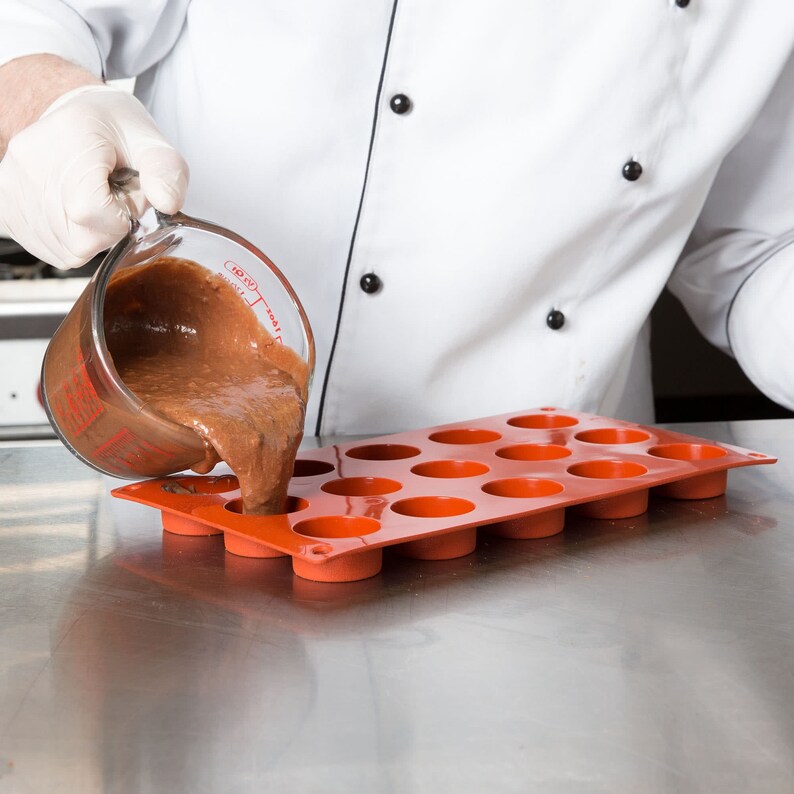
- Avoid using abrasive cleaning supplies and instead, use grease-cutting soap and hot water.
- Clean silicone mats, molds, or pans using a soapy cloth. Do this once the water is very hot.
- Thoroughly rinse.
- Allow to air dry outside.
- A silicone baking mat should be dried flat after cleaning.
Model Featured: Matfer Bourgeat 257914
For Stubborn Food Residue
If you find that your silicone still has some food adhered to it, reheat it in the oven for 5 to 10 minutes. Do this at 350 degrees Fahrenheit, and then soak it in hot water to help the food come off. To get clean silicone, go through the previous stages again.

